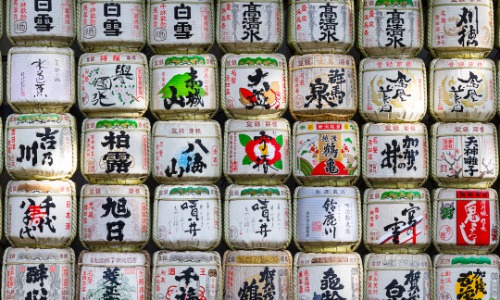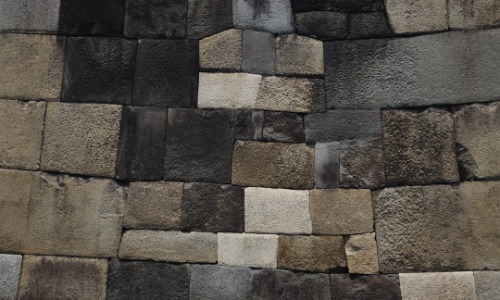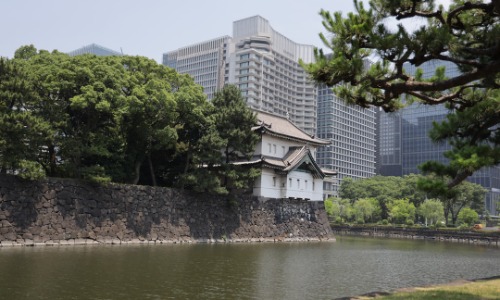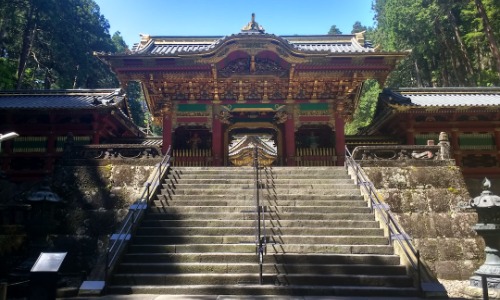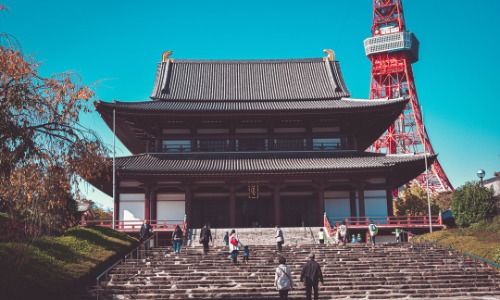August 2022
-

If you would like to buy “sake” as souvenir
There are sake breweries in various regions of Japan. Each has its own characteristics, but if you are thinking of a Tokyo souvenir, how about a sake brewery in Tokyo? Toshimaya Honten Founded in 1596 Representative Director (16th generation) Toshiyuki Yoshimura The company was founded in 1596, the first year of the Keicho Era. 「What needs to be protected, we will protect; what needs to be changed, we will change boldly.”」 Under this philosophy, they have overcome many crises, including…
-

Life and Legacy of Yoshinobu Tokugawa: Last Shogun of Japan
The Tokugawa shoguns were traditionally supposed to be buried in turn at Kan’eiji Temple and Zojoji Temple. However, after the Meiji Restoration, Yoshinobu Tokugawa was demoted to the status of a duke. As a gesture of gratitude to Emperor Meiji, he converted to Shintoism, the same religion as the Emperor, and was buried in Yanaka Cemetery, which was established by the Meiji government. Yoshinobu Tokugawa was born in the Kamiyashiki of the Mito Domain, which is now Koishikawa Korakuen in…
-

Map and Importance of Kan’eiji Temple, Zojoji Temple, Asakusa Shrine, Hieda Shrine, and Kanda Myojin Shrine in Edo, with Connection to Edo Castle
Let’s examine a map of Kan’eiji Temple and Zojoji Temple, where the tombs of the Tokugawa shoguns are situated, as well as Asakusa Shrine, Hieda Shrine, and Kanda Myojin Shrine, where the three major festivals of Edo take place. The line connecting Kan’eiji Temple, Kanda Myojin, and Zojoji Temple with Asakusa Shrine and Hieda Shrine intersects at Edo Castle. These five temples and shrines form a protective belt-like shape across the northeast to southwest direction, which is known as the…
-

Tokugawa Ieyasu and the Demon’s Gate: The Importance of Kunouzan and Nikko Shrines
This belief is rooted in the concept of “Kimon,” or the demon’s gate, which suggests that evil spirits enter through the northeast and southwest directions and must be safeguarded. Even today, this idea is taken into account when constructing homes in Japan. The northeast direction, known as “Kimon,” is believed to be the gateway for malevolent entities, while the opposite direction, the southwest, is called “Urakimon.” This belief was prevalent during the reign of Tokugawa Ieyasu, who wished to be…
-

Tokugawa Family Mausoleum at Zojoji Temple: History and Information
Zojoji Temple was designated as the family temple of the Tokugawa family by Tokugawa Ieyasu. Six Tokugawa shoguns (Hidetada II, Ienobu VI, Ietsugu VII, Ieshige IX, Ieyoshi XII, and Ieshige XIV) and their respective family members and children are buried there. The mausoleum was a magnificent structure and designated as a national treasure, but it was destroyed during an air raid, and the bodies were reburied at the current location. The mausoleum is open to the public from 10:00 to…
